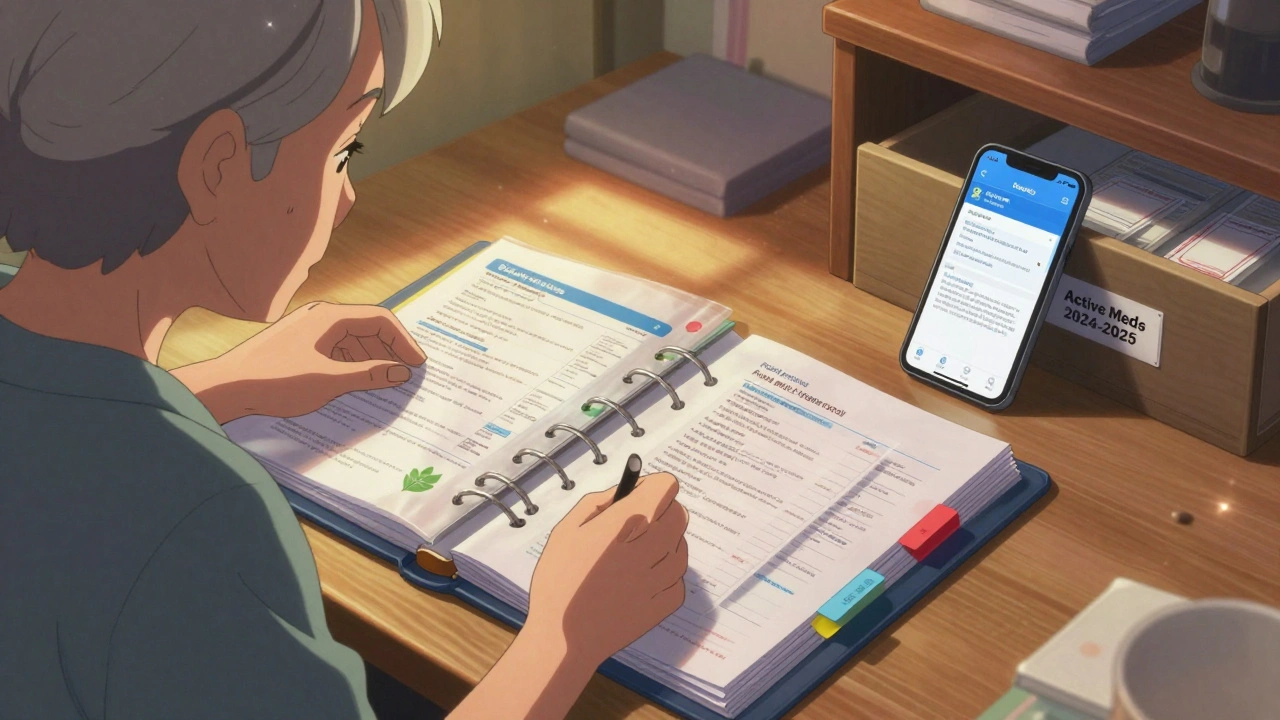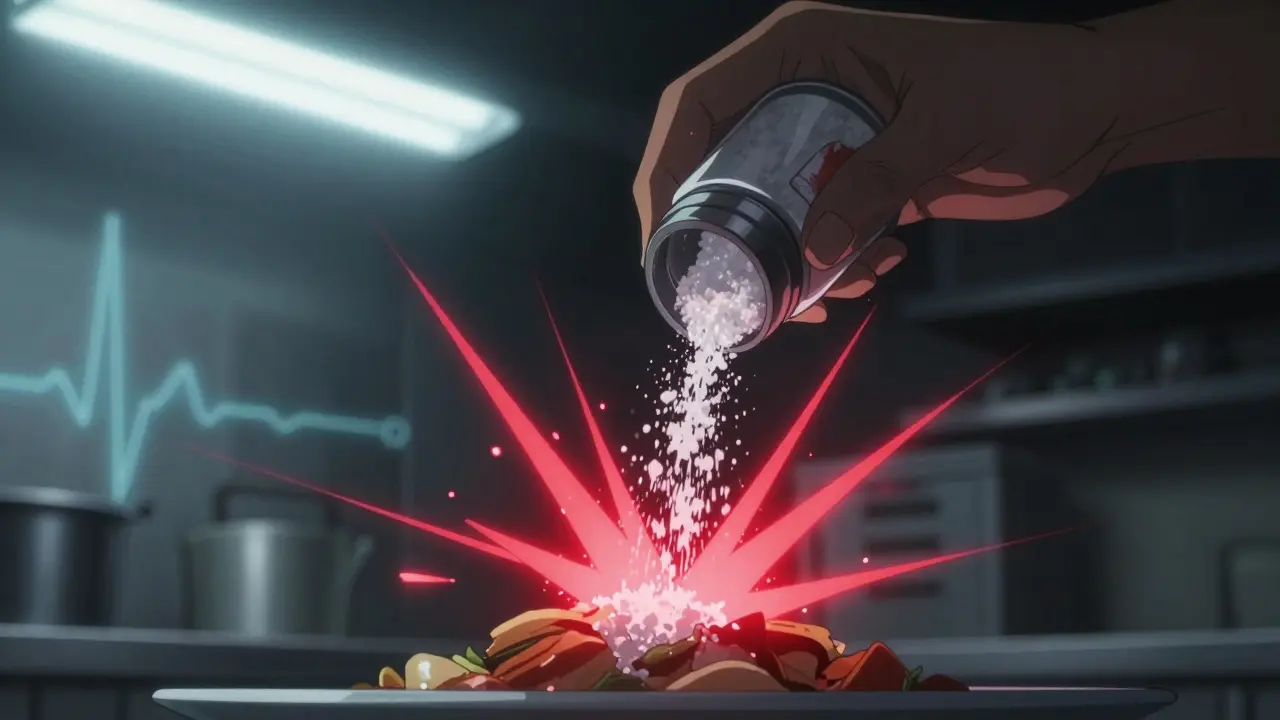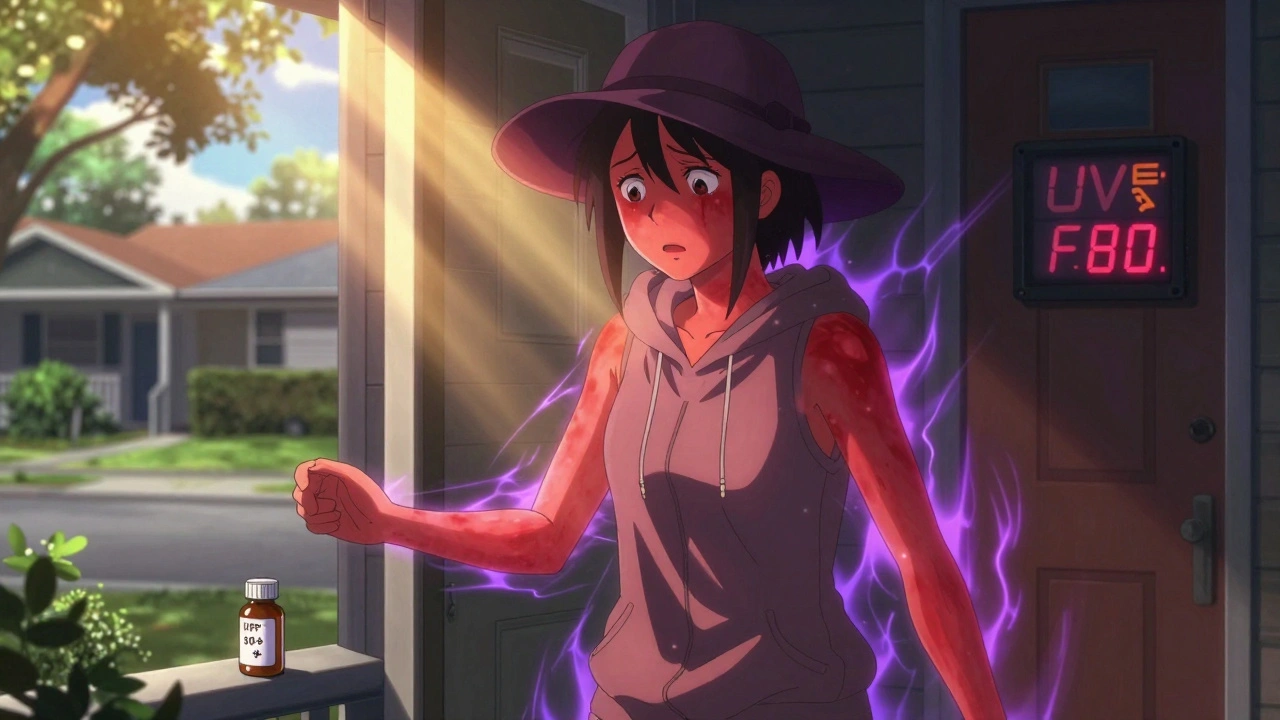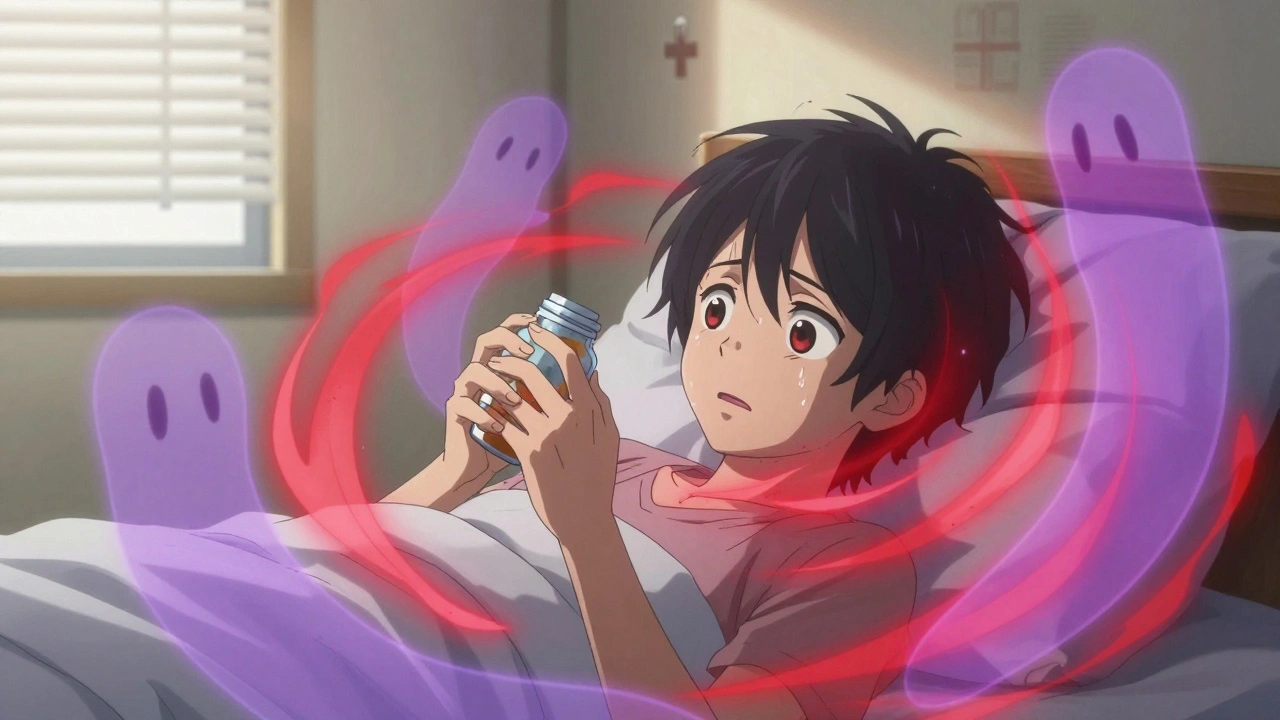Ivermectin Cream: What It Does and How to Use It
Ivermectin cream (usually 1%) treats inflammatory rosacea and some mite-related skin problems. It works by reducing skin parasites and calming inflammation, so red bumps and pimples shrink without the stronger antibiotics or steroids some people worry about.
Doctors prescribe topical ivermectin for adults with papulopustular rosacea. It's also used off-label for Demodex overgrowth and certain localized infestations. Topical use keeps systemic exposure low compared with oral ivermectin, which is a different treatment with different safety notes.
How to apply ivermectin cream
Use the cream once daily, usually at night. Clean and dry the area, then apply a thin layer to the affected skin. Avoid getting cream in the eyes, mouth, or open wounds. Wash your hands after applying unless you're treating your hands. Don't cover the area with tight bandages unless your doctor tells you to.
Expect gradual improvement: many people see fewer bumps in two to four weeks and clearer skin by 12 weeks. Keep using the cream as your doctor recommends; stopping early can let rosacea return.
Side effects and safety tips
Topical ivermectin is generally well tolerated. The most common reactions are mild, such as dryness, burning, itching, or redness at the application site. If you get severe swelling, hives, or signs of infection, stop use and contact a healthcare provider.
Pregnancy and breastfeeding guidance varies by country; if you are pregnant, breastfeeding, or plan to become pregnant, talk to your doctor before using ivermectin cream. People with known allergy to ivermectin or any ingredient in the product should not use it.
Drug interactions are uncommon with topical therapy, but tell your prescriber about other skin treatments you use. Avoid combining multiple strong topical agents unless directed; the mixture can irritate skin.
Costs vary: branded ivermectin cream can be pricier than generics or compounded versions. Ask your pharmacist about patient assistance programs or generic options. Store the tube at room temperature away from direct heat and keep it capped. If you accidentally swallow a small amount, contact poison control. Some users report a brief flare or increased redness in the first week; that usually settles - tell your doctor if it keeps getting worse.
Want to buy ivermectin cream? In many countries it's prescription-only. Use a licensed pharmacy, verify the pharmacy's licensing, and avoid suspiciously cheap or overseas sites that won't ask for a prescription. Look for secure checkout, clear contact info, and positive reviews. If an online shop promises overnight cures or sells large quantities without a prescription, walk away.
Practical tips: start with a small test area if your skin is sensitive. Keep a photo diary so you can track progress and decide with your doctor whether to continue. If you use makeup, choose non-comedogenic products while treating rosacea.
If your skin doesn't improve after three months, worsens, or you notice new symptoms, see your doctor. They can confirm the diagnosis, adjust treatment, or suggest alternatives like topical metronidazole, azelaic acid, or oral options if needed. Always check labels.
Soolantra Cream: The Real Deal for Rosacea and Skin Mite Troubles
Learn how Soolantra cream works for treating rosacea and skin mites, why it has become a favorite among dermatologists, and realistic tips on using it for clear, healthy skin.






